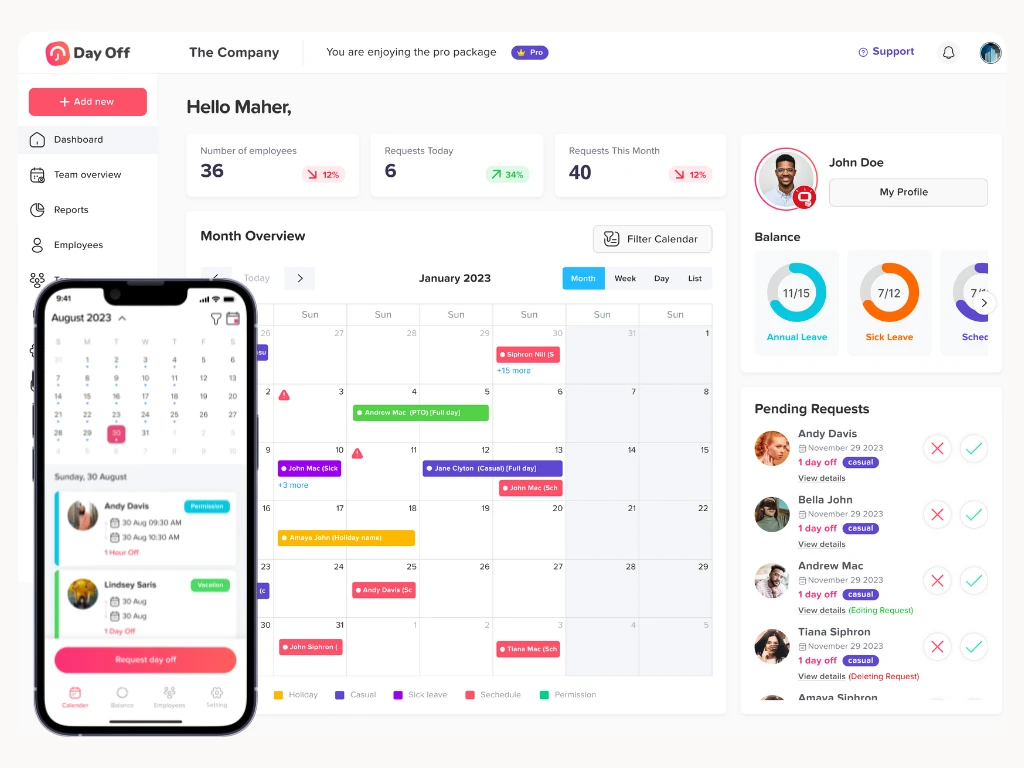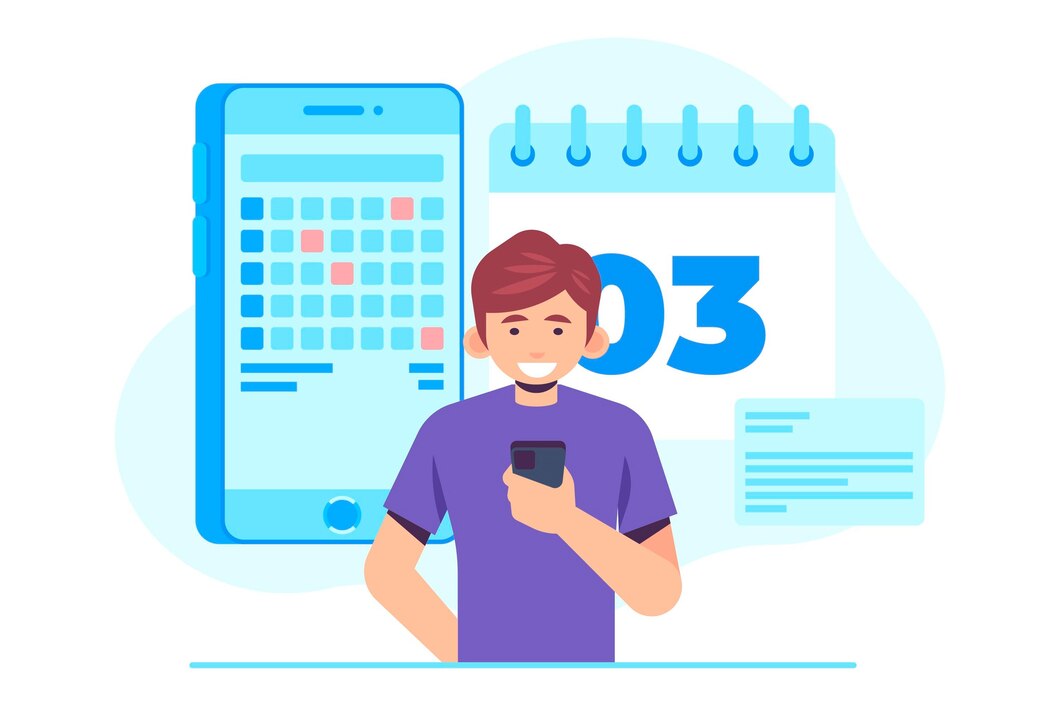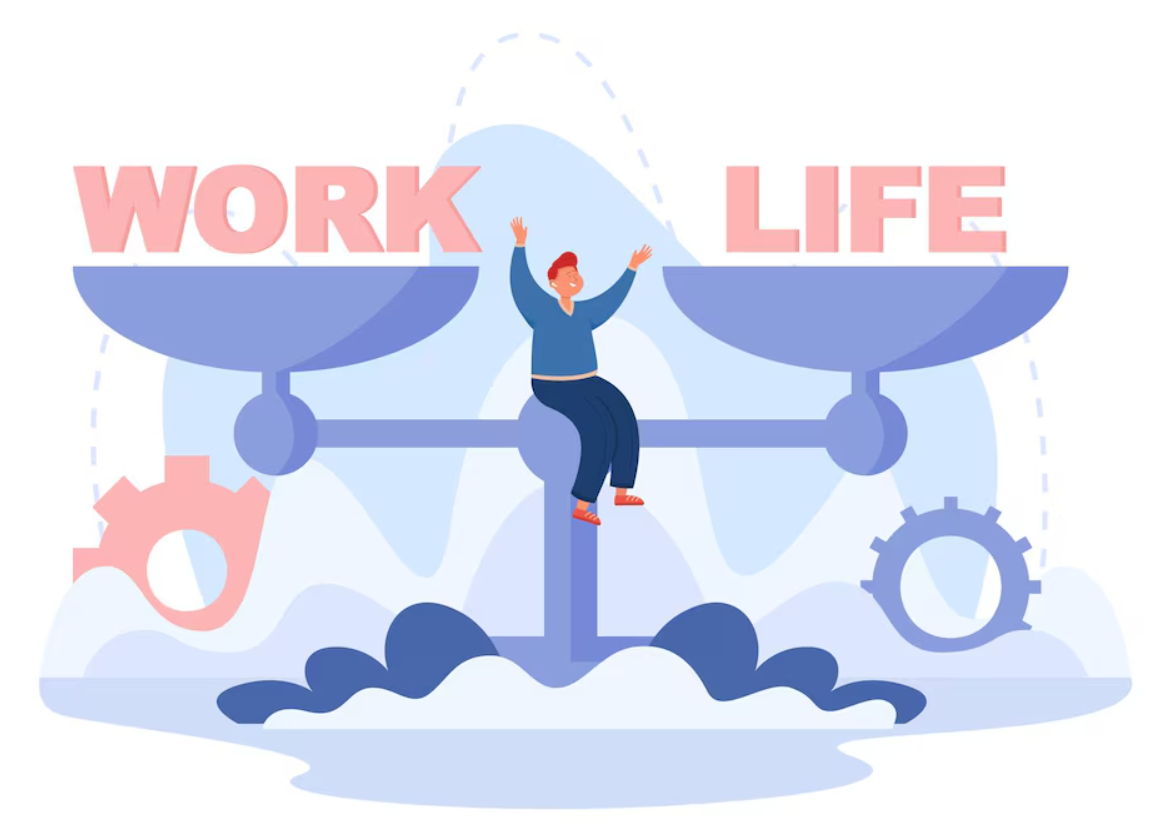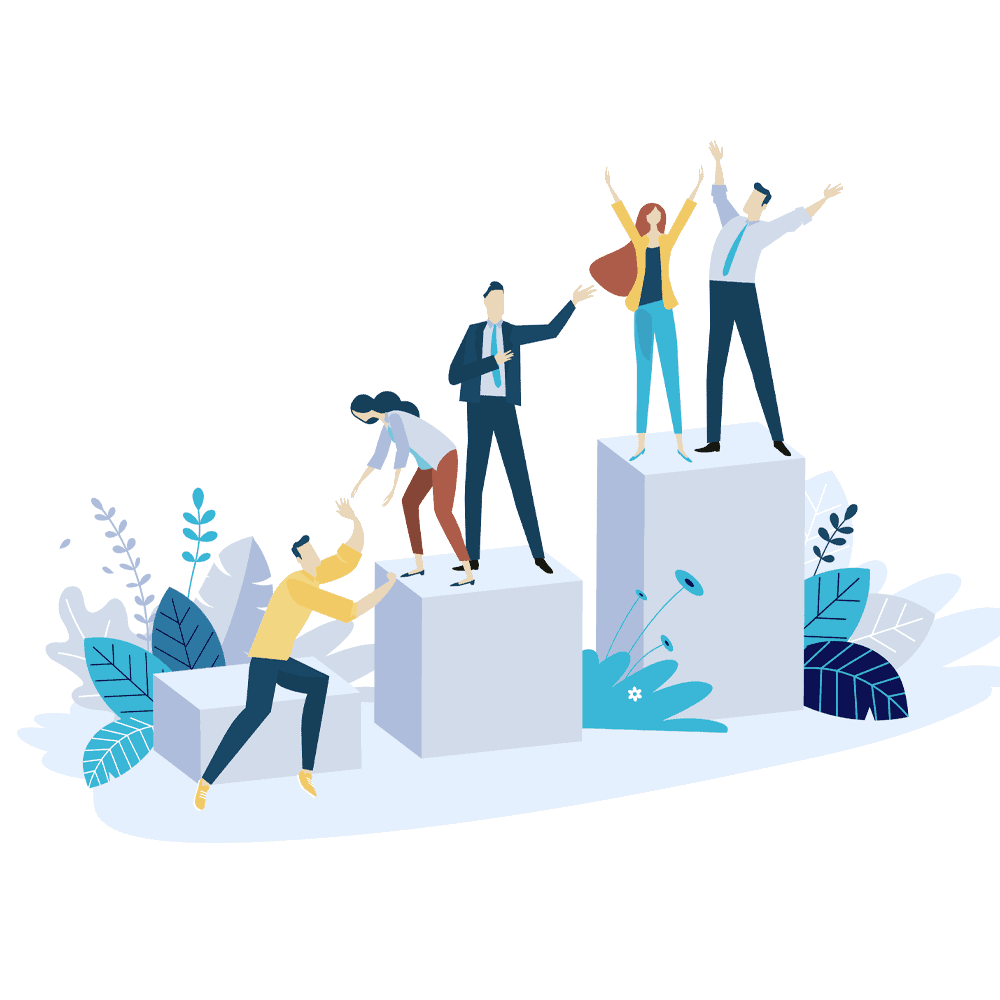Taking a vacation isn’t just a luxury; it’s a necessity. Whether you’re planning a quick weekend getaway or a long trip abroad, taking time off work helps you recharge, reduce stress, and come back more focused and productive. Yet, many people hesitate to ask for vacation time because they’re not sure how to do it properly or worry about how their manager might react.
The good news? Requesting time off doesn’t have to be awkward. When you understand your company’s vacation policy, plan, and communicate clearly, the process becomes smooth and stress-free.
Here’s everything you need to know, step by step, about how to request vacation time effectively and professionally.
Understand Your Company’s Vacation Policy
Before sending your vacation request, take a little time to read through your company’s vacation or time-off policy. This step might sound boring, but it’s actually the foundation of a smooth approval process. Knowing the rules ahead of time shows that you’re responsible and helps you avoid common mistakes.
Here’s what you should look for:
Accrual System
Some companies give employees a fixed number of vacation days per year, for example, 15 or 20 days annually. Others use what’s called an accrual system, which means you gradually earn vacation days based on how long you’ve worked.
For instance, if your company offers 24 days per year, you might earn two days per month. This system helps businesses manage staffing levels more easily, but it also means you may not be able to take all your vacation days early in the year. Understanding this will help you plan realistic vacation dates without running out of available days.
Blackout Periods
Every workplace has busy seasons, like end-of-year reporting for accountants, or holiday sales rushes for retailers. During these times, many companies have blackout periods, meaning employees can’t take time off due to high business demands.
It’s a good idea to find out if your company has any such restrictions before choosing your dates. If you request time off during a blackout period, your manager may have to decline it, even if they’d like to approve it, simply because of workload. Checking ahead saves everyone time and frustration.
Advance Notice Requirements
Most companies require you to give advance notice before taking a vacation, which could be anywhere from one week to a month or more. The idea is to give your manager enough time to prepare for your absence, adjust schedules, and reassign work if necessary.
Submitting your request early increases the chances of approval and shows professionalism. A good rule of thumb? For short vacations, give at least two weeks’ notice. For longer trips, aim for a month or more.
Approval Process
Every company has a different approval process. Some use online systems or HR platforms; others simply ask for an email to their direct supervisor. Find out who you should contact, your manager, HR, or both, and whether your company uses a leave management app to track vacation requests.
Following the right steps helps your request get processed quickly and avoids delays caused by missing information or wrong submission channels.
Carryover Rules
Some companies allow you to carry unused vacation days into the next year, while others have a “use it or lose it” rule. If your company allows carryover, make sure you understand how many days can be rolled over and when they must be used.
Knowing this helps you plan so you don’t lose valuable time off simply because you waited too long to use it.
Plan Your Vacation in Advance
Once you understand your company’s policy, it’s time to start planning. The best vacation requests are the ones that show thoughtfulness, both for your personal schedule and your team’s workload.
Check the Work Calendar
Before you choose dates, look at your upcoming deadlines and team projects. Avoid scheduling your vacation during important events, product launches, or busy reporting periods. Managers appreciate it when employees think ahead and plan their absences around the team’s needs.
Coordinate with Your Team
If you work closely with others, talk to your teammates about your plans. Make sure there’s enough coverage while you’re away. This not only makes your manager’s approval easier but also prevents resentment from colleagues who might be left handling everything alone.
Be Realistic
If you’re new at your job or in the middle of a major project, your manager may prefer you take shorter breaks instead of long absences. Be flexible and open to negotiation, as it shows you’re committed to the team’s success while still valuing your own well-being.
Choose the Right Dates
Once you’ve reviewed the company calendar and discussed your plans informally with teammates, pick your preferred vacation dates.
If possible, have a backup plan. Sometimes, your manager may need you around for specific tasks or may have already approved another team member’s request for the same week. Having a second option ready shows that you’re cooperative and easy to work with.
You can also consider traveling during off-peak times. Not only are flights and hotels cheaper, but it’s also easier to get approval when fewer people are requesting time off.
Draft a Clear and Professional Vacation Request
When you’re ready to make it official, write your vacation request professionally and politely. It doesn’t need to be long, clarity and respect are what matter most.
A good vacation request should include:
The exact dates of your planned time off
Assurance that your tasks will be completed or delegated
A friendly request for approval
Optional: a brief note offering to discuss if needed
Writing it this way makes it easy for your manager to quickly say yes without worrying about disruption.
Submit Your Vacation Request
Now it’s time to send it in. Depending on your company, you may do this by:
Sending an email to your manager or HR
Filling out a time-off request form
Submitting it through a leave management app (like Day Off, BambooHR, or Gusto)
Make sure you follow the proper procedure. If you don’t receive a response after a few days, don’t panic, just send a polite follow-up. Managers often appreciate a friendly reminder.
Prepare for Your Absence
Once your vacation is approved, take a few steps to make sure everything runs smoothly while you’re away. This helps you enjoy your time off without worrying about work emails or unfinished tasks.
Delegate Your Work
Make a list of your responsibilities and assign them to teammates where possible. Provide clear instructions, links, and files so they can handle things easily in your absence.
This step shows professionalism and makes your return smoother, you won’t come back to chaos.
Set Up an Out-of-Office Message
Before you leave, set up an automatic email reply letting people know you’re on vacation. Include your return date and an alternate contact person for urgent matters. This helps manage expectations and ensures communication doesn’t stop while you’re away.
Update Your Calendar and Tools
Mark your vacation days on your work calendar and communication apps. That way, colleagues will know you’re unavailable, and no one will accidentally schedule meetings or deadlines during your break.
Follow Up Before and After Your Vacation
The day before you leave, check in briefly with your manager to confirm that everything is on track. This small gesture shows accountability and leaves a good impression.
When you return, take a little time to catch up on emails, messages, and project updates. Being proactive about re-engaging makes the transition back to work much easier.
Tips for a Successful Vacation Request
Be flexible: Your first choice might not always work out, offer alternatives.
Communicate early: Don’t surprise your manager with last-minute plans.
Show responsibility: Handle your work before you leave and make it easy for others to cover.
Keep it professional: Even if your workplace is casual, your vacation request should still be respectful and clear.
How to Request Vacation Time Using a Leave Tracking App
Many workplaces now use digital tools to manage vacation requests. One of the most popular ones is the Day Off App, which simplifies the process for both employees and managers.
Here’s how it usually works:
Log in to the app. Use your company credentials on your phone or computer.
Navigate to the vacation section. Look for “Leave Requests” or “Time Off.”
Enter your start and end dates. Use the built-in calendar to select your days.
Add notes if needed. You can mention coverage plans or important context.
Submit and wait for approval. You’ll usually get a notification once your manager responds.
Track your remaining balance. Most apps show your total vacation days, sick leave, and other balances.
This method keeps everything organized, transparent, and easy to access anytime.
Vacation Request Templates (Formal to Informal)
Here are three email examples you can customize based on how formal your workplace is.
Formal Template
Subject: Vacation Leave Request [Your Name]
(For professional settings)
Dear [Manager’s Name],
I am writing to formally request vacation leave from [start date] to [end date]. I’ll ensure all my work is completed or delegated before I leave. I’ve also coordinated with my team to maintain workflow continuity.
Please let me know if these dates work or if you’d prefer adjustments.
Best regards,
[Your Name]
Semi-Formal Template
Subject: Vacation Time Request [Your Name]
(For balanced, friendly workplaces)
Hi [Manager’s Name],
I’d like to take some vacation time from [start date] to [end date]. I’ve checked with the team, and we’ve arranged coverage while I’m away.
Please confirm if these dates are okay or if we need to shift them slightly.
Thanks,
[Your Name]
Informal Template
Subject: Time Off Request [Your Name]
(For casual teams)
Hey [Manager’s Name],
I’m planning to take a few days off from [start date] to [end date]. I’ll make sure all my tasks are wrapped up or handed over before I go.
Let me know if those dates are fine.
Thanks!
[Your Name]
Frequently Asked Questions About Requesting Vacation Time
How far in advance should I request vacation time?
It’s always best to plan when asking for time off. Most companies appreciate at least two to four weeks’ notice, depending on how long you’ll be away.
If it’s just a few days, two weeks is usually fine, but for longer vacations, aim for a full month. This gives your manager enough time to organize coverage, adjust team schedules, and make sure your absence doesn’t affect deadlines.
Think of it this way: the earlier you ask, the easier it is for everyone to say “yes.”
Can my manager deny my vacation request?
Yes, but usually only for legitimate business reasons, such as too many people being off at the same time, a busy season, or a critical deadline approaching.
If your request gets denied, stay calm and professional. Ask if there’s a better time that works for the team, and try offering flexible dates. Showing understanding and willingness to adjust often helps you get approval later.
How can I ask for vacation time without sounding unprofessional?
The key is clear, polite communication. Keep your message short, respectful, and focused on the logistics, not your personal plans.
For example:
“I’d like to request vacation leave from [start date] to [end date]. I’ve made sure my work will be completed or covered before I leave. Please let me know if these dates are suitable.”
This approach shows that you’re organized, responsible, and considerate of your team’s needs, exactly what managers like to see.
What if I don’t have enough vacation days left?
If you’ve run out of paid leave, there are still a few options to consider. You might take unpaid leave, use partial days, or arrange to carry over future vacation days, depending on your company’s policy.
Always check with HR before finalizing travel plans, they can clarify your remaining balance and help you find a solution that fits company rules.
Is it okay to take a vacation during my probation period?
Usually, it’s not encouraged unless it was discussed before you joined. Many companies prefer employees to complete their probation before taking time off, so they can settle into their roles first.
That said, if you have an important pre-planned event like a wedding or family trip, talk to your manager early. Transparency helps build trust, and they might approve your request if they know it was planned.
What should I include in my vacation request email?
A well-written vacation request should always include:
The exact dates you’ll be away.
A note confirming that your work will be handled before or during your absence.
A polite request for approval.
(Optional) Mention that you’re open to adjusting dates if needed.
Keep it professional and concise. You don’t need to explain your personal plans, focus on making your absence easy to manage.
How can I make sure my team isn’t affected while I’m away?
Preparation is everything. Start by letting your teammates know your planned dates early. Then, delegate important tasks, share clear instructions, and make sure everyone knows how to handle any ongoing projects.
It’s also a good idea to set up an out-of-office email reply that directs people to someone who can assist while you’re away. The smoother the handover, the more peaceful your vacation will be.
Is it okay to ask for a vacation around the holidays?
Absolutely, just do it early! Holiday periods like Christmas, Eid, or summer breaks are the most requested times of the year. The earlier you submit your request, the better your chances of approval.
If the holiday period is already full, consider alternative dates, such as just before or after the main rush. You’ll still enjoy a break, but with less stress and competition for time off.
How can I check how many vacation days I have left?
If your company uses a leave management system or app (like Day Off or BambooHR), you can usually see your remaining balance with just a few clicks.
If not, reach out to HR; they’ll have a record of your accrued vacation days. Keeping track of your balance throughout the year helps you plan your time off strategically and avoid losing unused days.
What happens if I get sick during my vacation?
If you fall ill while on vacation, some companies allow you to convert those days into sick leave instead, especially if you can provide a medical certificate.
Report your situation to HR or your manager as soon as possible, and provide the necessary documents when you return. It’s always best to keep communication open and honest.
What should I do if I need to take last-minute vacation time?
Emergencies happen, and that’s okay. If you need time off unexpectedly, contact your manager right away. Be upfront about the reason and explain how you’ll minimize disruption (like finishing urgent tasks remotely or arranging backup support).
Even if approval isn’t guaranteed, being honest and responsible helps your manager understand your situation and support you where possible.
How can I remind my manager about my vacation request politely?
If you haven’t heard back after a few business days, it’s perfectly fine to follow up, just keep it polite and short.
Try something like:
“Hi [Manager], just checking in to see if you had a chance to review my vacation request from [date range]. I’d appreciate your confirmation when possible.”
This kind of gentle reminder shows you’re being respectful, not pushy.
Can I take unpaid leave if I’ve used up my vacation days?
Yes, many companies allow unpaid leave for personal reasons, especially if you’ve been with the company for a while or are facing unavoidable commitments.
You’ll need to discuss it with HR or your manager to make sure it doesn’t affect your benefits or payroll cycle. Always submit your request in writing and clarify the dates clearly.
Should I talk to my coworkers before submitting a vacation request?
Definitely. A quick chat with your team can help avoid scheduling conflicts and ensure all tasks are covered while you’re away.
It’s also a sign of respect; it shows that you value teamwork and don’t want to leave anyone struggling with an extra workload during your absence.
Why is taking vacation time so important?
Vacation isn’t just about travel, it’s about recovery and balance. Regular breaks help reduce stress, improve creativity, and boost productivity when you return.
Research shows that employees who take their full vacation days are happier, more motivated, and less likely to experience burnout. So don’t feel guilty about taking time off, it’s an essential part of a healthy work life.
Final Thoughts: Taking Time Off Is Part of Working Smart
Requesting vacation time isn’t just about following rules, it’s about protecting your energy, maintaining a healthy work-life balance, and preventing burnout. A well-planned vacation helps you come back refreshed, creative, and ready to perform even better.
So, don’t hesitate to take the break you deserve. Plan early, communicate clearly, and handle your responsibilities with care, and you’ll make your time off stress-free for everyone, including yourself.
















